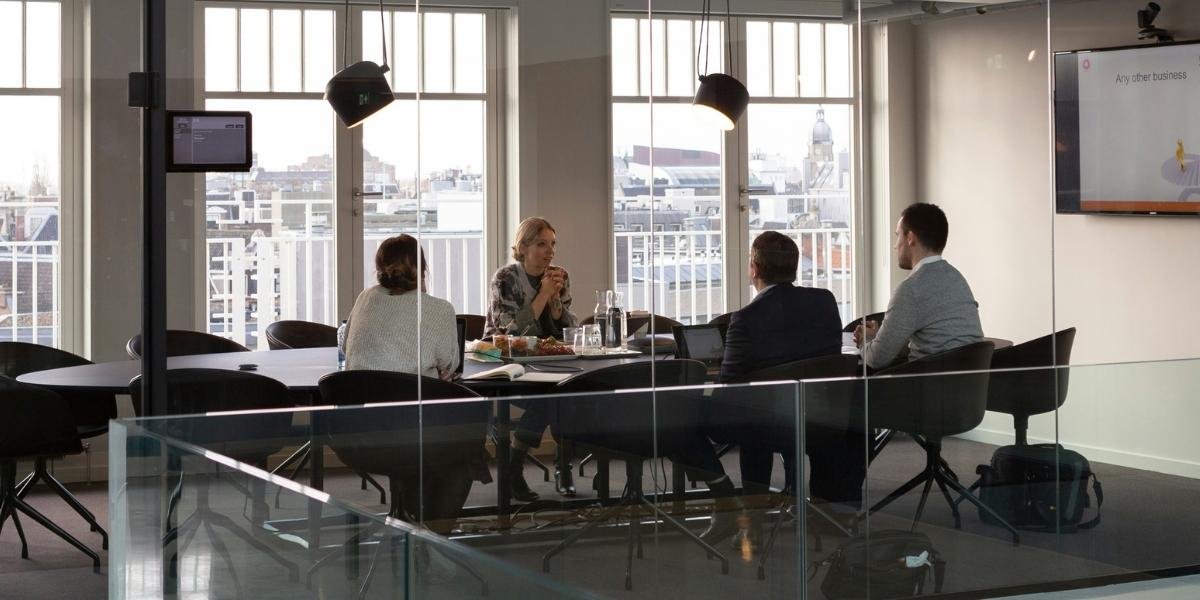Can Mixed-Use Spaces Save San Francisco’s Office Market?
San Francisco’s office market is in flux. Once a bustling hub of corporate life, the city’s office spaces now face historically high vacancy rates. With companies embracing remote and hybrid work models, the demand for traditional office leases has plummeted, leaving vast stretches of commercial real estate empty. In response, real estate developers and landlords are rethinking how these spaces can be used, and one of the key solutions they are exploring is converting office buildings into mixed-use spaces.
This shift toward mixed-use development is seen as a way to breathe new life into office-heavy areas like the Financial District, which have been hit hardest by these changes. But what exactly does mixed-use mean, and can it really revitalize San Francisco’s struggling real estate market?
Why Are Developers Converting Offices to Mixed-Use Spaces?
Mixed-use spaces combine various types of real estate—such as residential, retail, and office—within the same building or development. As companies continue to downsize their office needs, developers are finding that converting underused office buildings into spaces that include apartments, shops, or even entertainment venues can make these properties more profitable and sustainable.
This trend is driven by several factors. First, there is a rising demand for housing in urban areas like San Francisco. Converting office buildings into residential units can help alleviate the housing crisis while also repurposing empty spaces. This strategy also appeals to city planners who are keen on creating more walkable, vibrant communities where people can live, work, and shop in close proximity. Instead of vast, empty office towers, these neighborhoods would offer a mix of amenities, encouraging foot traffic and economic activity.
Retail spaces are also being integrated into these developments, creating a dynamic environment that attracts both residents and visitors. In areas where traditional office use has diminished, developers see an opportunity to build thriving urban communities. According to industry experts, this transformation can increase the long-term value of properties, as mixed-use spaces tend to have greater resilience during economic downturns due to their diversified income streams.
However, converting office buildings is not without its challenges. Commercial spaces often have layouts and structural designs that are not easily adaptable to residential use. Developers must navigate local zoning laws and costly renovations to make these conversions feasible. Yet, the potential payoff in creating sustainable, mixed-use developments has many real estate professionals committed to the effort.
What Incentives Are Landlords Offering to Attract Businesses?
While some developers are focusing on mixed-use conversions, others are taking a different approach to attract businesses back to downtown San Francisco. Recognizing the declining demand for large, traditional office spaces, landlords are offering new incentives, hoping to lure companies to return to the city center.
These incentives often include lower rents and more flexible lease terms, which provide companies with the agility to scale up or down as needed. Flexible leases are particularly attractive in a time when businesses are unsure about their future office needs. Some landlords are also offering shorter lease periods, giving tenants the ability to reassess their space requirements after a year or two, rather than committing to long-term contracts.
Moreover, landlords are investing in upgrading their properties to make them more appealing to tenants. Many buildings are being outfitted with state-of-the-art technology, coworking spaces, and wellness amenities that cater to the evolving needs of modern employees. By creating a more flexible, adaptable office environment, landlords hope to attract startups, tech firms, and companies that still value a physical office presence but want the flexibility that today’s market demands.
Coworking spaces, for example, are being integrated into many office buildings, offering flexible desks and shared resources for companies that no longer need dedicated office space. This hybrid model allows companies to retain a presence in San Francisco without the high costs and long-term commitments associated with traditional office leases. By offering these kinds of modern workspaces, landlords can cater to a wider range of businesses, from startups to larger enterprises, looking for short-term or scalable options.
Can This New Model Revitalize Downtown San Francisco?
The shift toward mixed-use spaces and flexible office arrangements reflects a broader trend in how cities like San Francisco are evolving post-pandemic. For years, downtown areas were largely defined by towering office buildings filled with daily commuters. Now, with fewer people returning to traditional work environments, cities are being forced to adapt.
By incorporating residential units, retail spaces, and coworking hubs into former office buildings, San Francisco is working to revitalize its downtown. This new model can make urban areas more attractive not only to businesses but also to residents and tourists. The hope is that these changes will bring new life to once-vibrant neighborhoods that have seen a significant drop in activity since the pandemic.
However, the success of these efforts will depend on a variety of factors, including how quickly companies and employees are willing to embrace new work environments and how effectively the city can support these transitions. City officials, developers, and landlords must continue to work together to ensure that zoning laws and building codes support these new uses for office spaces. They must also focus on creating infrastructure and amenities that meet the needs of a mixed-use future.












